HISTORY
In 1879, the town of Grainfield was established by the Union Pacific along the old Kansas Pacific line that was laid out in the 1860s from Kansas City to Denver. Crop failure in the early 1870s kept farmers from settling the area, but by 1886, Gove County was organized with a population of “3032 bonafide inhabitants.” Within a year the population increased by a third; the agricultural production tripled.
The Grainfield Town Company took over the town site from the Union Pacific in 1887. The seven principal partners in the Company began to build structures to support a community and to impress the passersby that Grainfield was an attractive and permanent town.
On March 25th, the local newspaper announced that “a large brick block will be built on Main Street this season with store rooms below and opera hall above.” In April of 1887, specifications were published in the newspaper for bids to construct the Opera House basement. J.B. Beal, chairman of the building committee, noted that the Town Company would furnish the stone and lime on the site. Dirt from the excavation of the basement was used to raise the town’s streets. The limestone rock for the foundation was shipped from the Bunker Hill area east of Hays, KS. Stone for the foundation was hauled in by the carload by the Union Pacific. Three stone masons from Bunker Hill were engaged. The kiln northwest of town provided the brick for the exterior walls. In November of 1887, the firewalls were constructed and the roof was completed. The ornate cast iron front, manufactured by the Mesker Brothers of St. Louis, MO, was shipped west by railroad and then assemble and attached to the brick by local workmen.
When the building was finished, even the editor of the Grinnell Golden Belt, the newspaper of the Grainfield’s neighbor to the west and rival, had to admit, “The Grainfield Opera House is undoubtedly the finest building between Salina and Denver.”
In January of 1888, the Cap Sheaf office, the local newspaper, was the first business which moved into the north half of the building. Rafferty Brothers moved its mercantile store into the south half the next month. A harness shop was housed behind the printing office on the ground floor. Upstairs were offices and meeting rooms. The auditorium was used for performances, dances and church programs. A private school was once held upstairs and the first high school classes in town were held downstairs on the north side.
As one business would leave the first floor rooms, others moved in, including a doctor’s office and a hardware store. Vaudeville, dancing, traveling hypnotists and comedians, boxing, school classes and commencements were among the many activities held in the Opera Hall upstairs.
Since early day long distance travel was limited to horse and buggy and train, stock companies came to town by rail or wagon and put on plays and concerts. They would stay three to five nights at a time. Those coming to the community dances came before sundown, danced until midnight, then retired to the local hotel for a meal. They returned to the Opera House and danced until daylight so they could see their way as they returned home. The children were bedded down on the stage with lap robes from the wagons.
Enlargement of the north and west entrances probably occurred during the 1920s when Shaw Motor Company used the entire ground floor. The last occupants were Walt’s Home and Auto on the ground floor and the Masonic Lodge the second floor room on the east.
In one way or another, the Grainfield Opera House was at the center of the community activity until its recent acquisition and rehabilitation by the Grainfield Lions Club. The building was certainly associated with the early optimism and subsequent fortunes of Grainfield and the surrounding farming community.
BACKGROUND
The Grainfield Lions Club and local residents recognized the importance and prominence of this unique building on the main street of their town. The Grainfield Opera House, Inc. was formed as a 501(c)3 non-profit corporation allowing it to seek grants and receive charitable contributions. In 1980, the Opera House was placed on the National Register for its architectural significance which made it eligible for grants under the Kansas State Historical Society’s Heritage Trust Fund program. In 1996, Grainfield Opera House, Inc. received a grant of $90,000.00 from the Heritage Trust and again in 2001, it received another grant in the same amount to continue work on the building.
With the first grant, structural masonry repairs, re-roofing and necessary window and façade repairs were completed. With the help of the second grant, work is being done on the interior walls, ceilings and floors. Bathroom facilities have been completed. Community members have donated considerable time and equipment in the work that has been completed over the past decade in rehabilitating the Opera House. We estimate approximately 15,000 volunteer hours have been donated.
Note: population circa 2005 in Gove County was 2,763.
Subscribe to:
Post Comments (Atom)
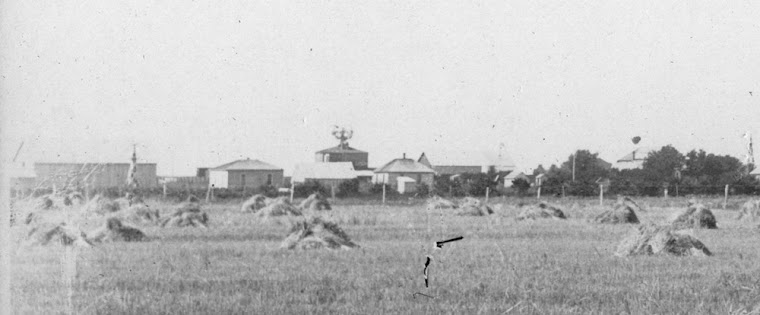

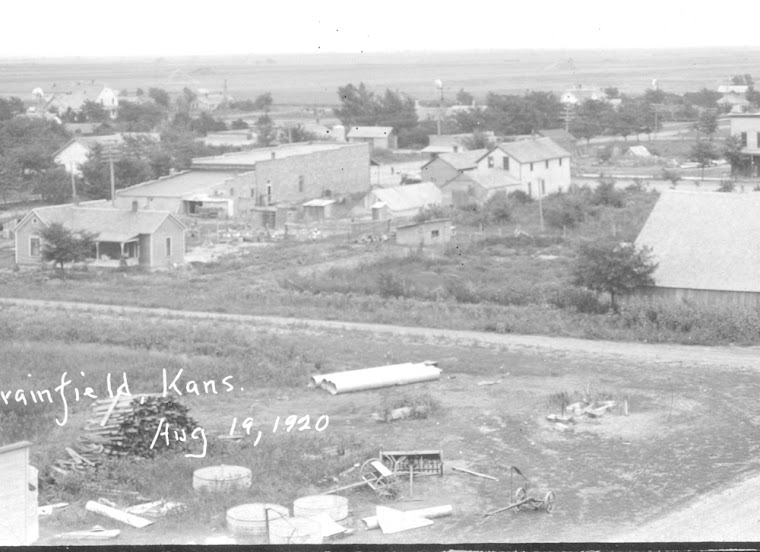
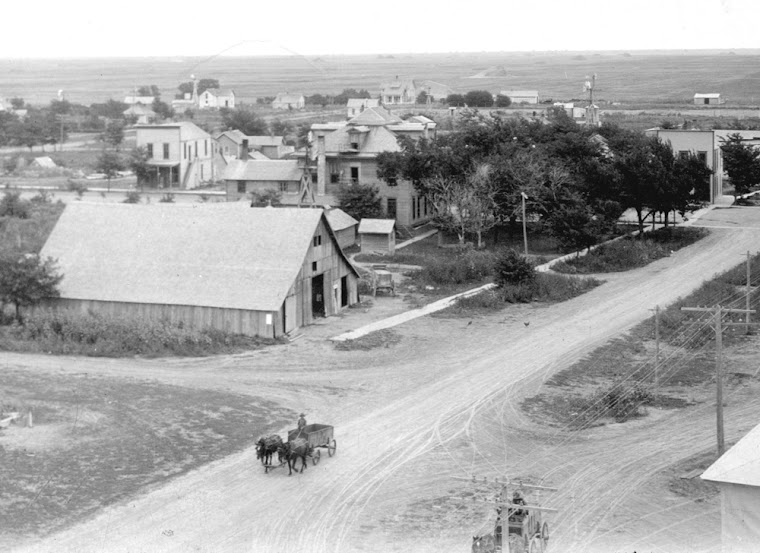


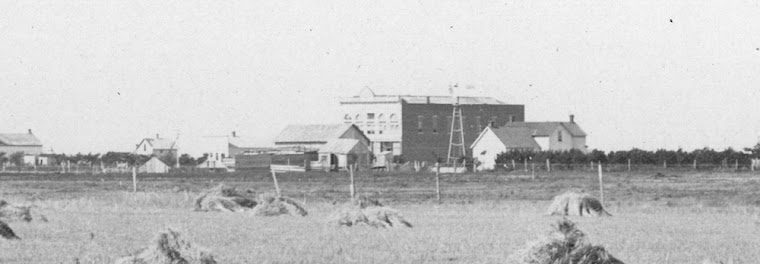
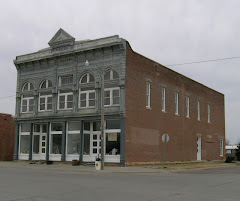
No comments:
Post a Comment